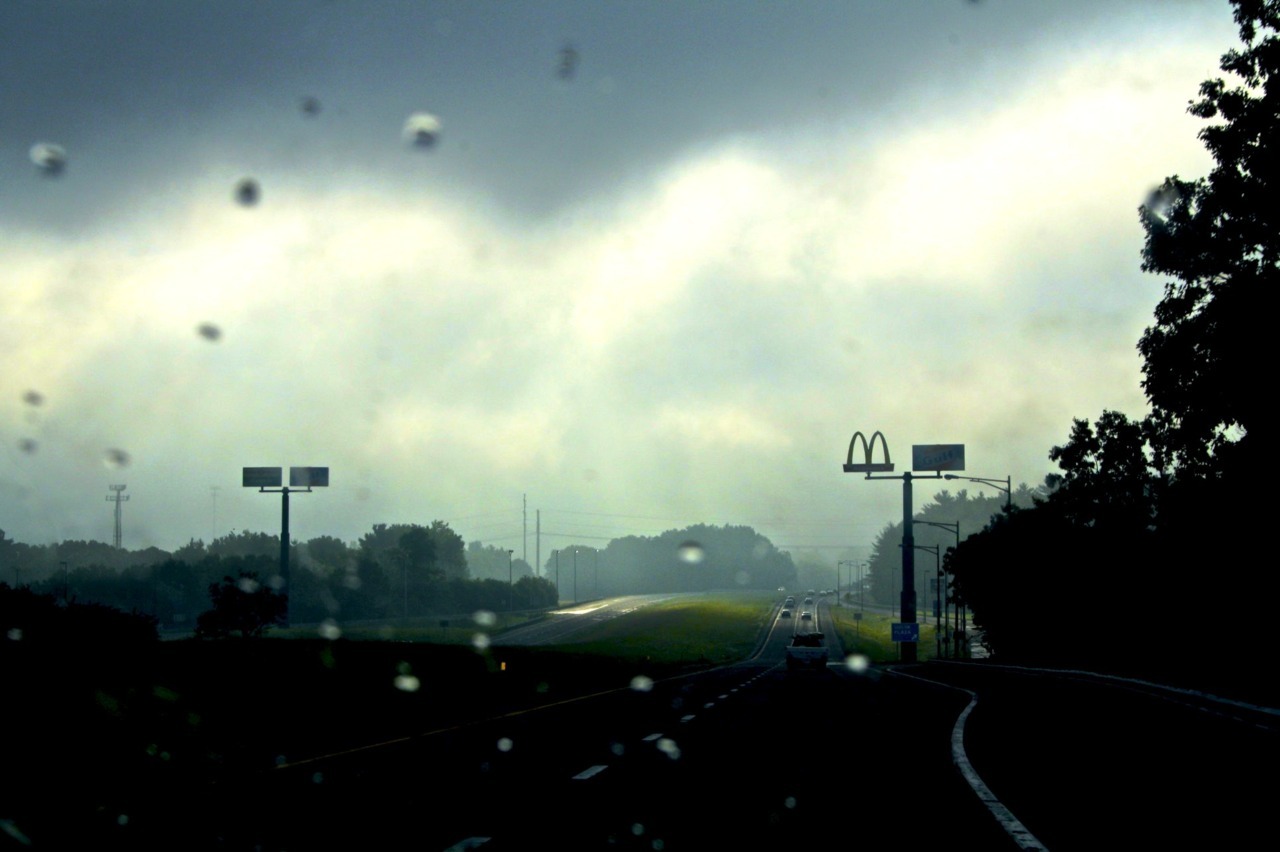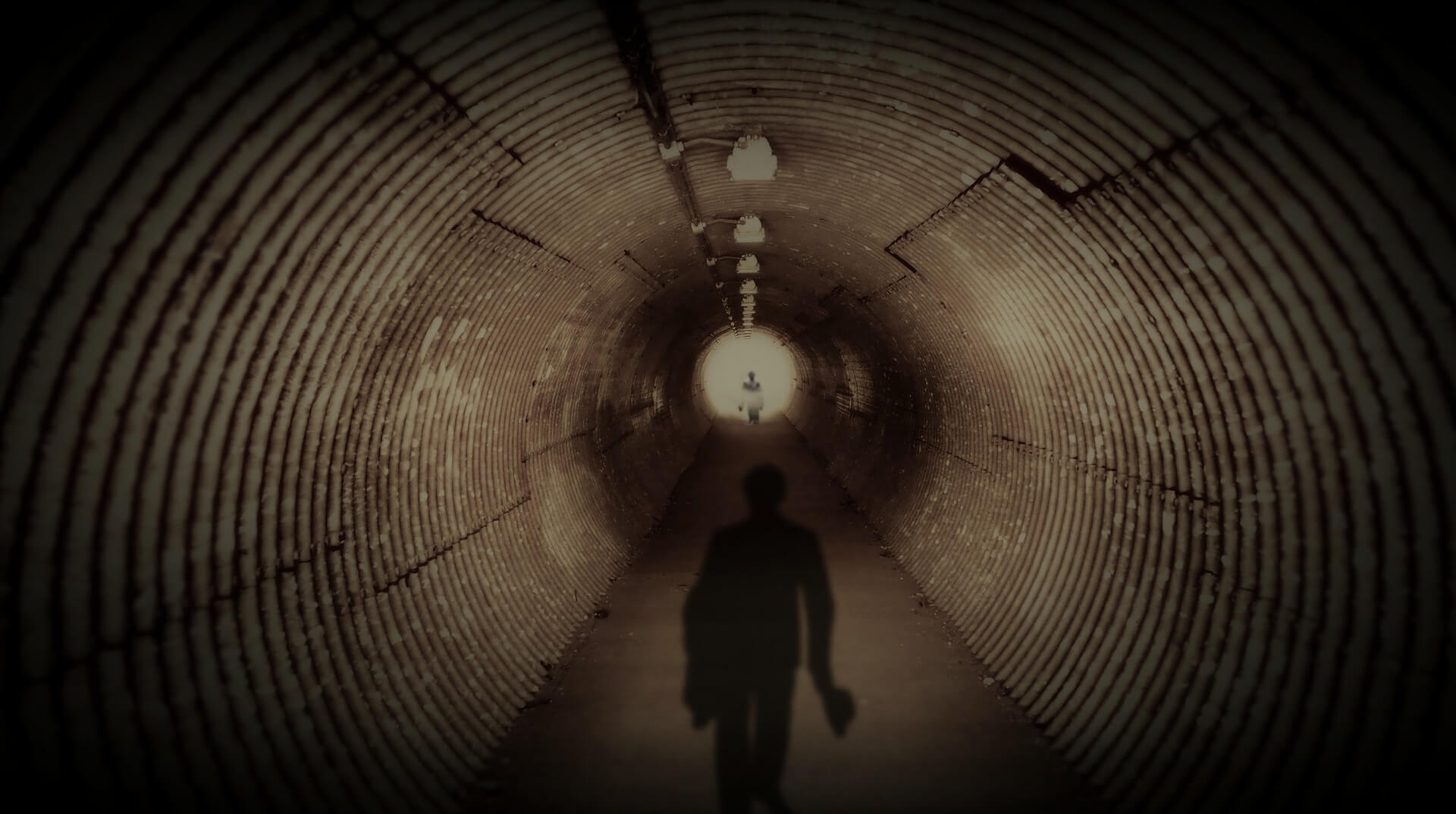

Would I rush past if if I could? Probably. And now, here I am with all of you, weighted again in place by the pandemic. I couldn’t rush past anything because I was weighted by the heaviness of it all. Grief pushed me into a liminal space and grief held me still there. I experienced this deeply last summer when it felt like I had only come up for a gasp of air from being submerged under by one astonishing death to have my head thrust under the surface again by the next monumental death. While it may seem like nothing is happening above the surface, if we refuse the desire to be too hasty in our moving through it to what lies in the space beyond, the seeds that are under the surface will have their appropriate resurrection time, when the casing of the seed can break open and the life that lies within can root and rise.Ī great illness, death, a global pandemic–certainly these are happenings that propel us into liminal space, into the threshold of uncertainty. Either way, it is the point in the “hero’s journey” when the hero, left without the devices that have served her or him in the past, is forced to pause and enter a kind of void in time–“betwixt and between,” as anthropologist Victor Turner wrote. It could be a time and space that we are thrust into unwillingly, or one that we choose to undertake. This middle point time can feel like a deeply disorienting time of ambiguity. The time in which we embody liminal space is called liminality, which is a time at the middle point in a passage from one stage to the next. Liminal space is that literal or figurative space we reside within that is transitional–the space between one point and another. The word “liminal” has Latin roots from the word “limen,” meaning threshold. Even if I REALLY resist the change at the time! ~Jen Rolston I truly believe that with each challenge comes opportunity to make things better. David Bodenhamer, Executive Director of The Polis Center and Professor of History, Indiana University – Purdue University IndianapolisI always like to visualize the liminal space as one of a “fertile void” – like a seed underground – it may seem like nothing is happening but in the darkness a great and powerful transformation is taking place.

Here, space is material and dynamic, replete with meanings and memories that shape who we are and how we navigate the world. Drawing upon insights from anthropology, Roberts’ rejects space as an abstract container rather, it is lived, practiced, and performed.

Spatial Anthropology expertly defines a new expression of spatial humanities and helpfully positions it as a field in-between disciplines. David Crouch, Emeritus Professor of Cultural Geography, University of Derby Unusual and in a Sinclairesque manner, he opens up conceptually as he explores often unfamiliar territory, appealing to a wide range of disciplines beyond humanities with a style that works well. Like Roberts’ recent writing this book pursues ideas through crossing land in a flirtive manner stories, other worldly sightings and readings ‘castaway’ being typically wayward. Kay Anderson, Professorial Research Fellow at the Institute for Culture and Society, Western Sydney University If David Harvey once said that space is too important to be left to geographers alone, here we have precisely the confirmation needed. From the radically placeless environment of a motorway traffic island, to the ‘affective archipelago’ of former cinema sites, or the ‘songlines’ and micro-geographies of musical memory, Spatial Anthropology offers a rich tapestry of landscapes, practices and spatial stories that speaks to both the particularities of place and locality as well as the more delocalised topographies of regional, national and global mobility.

Utilising digital tools and geospatial technologies alongside ethnographic, performative and autoethnographic modes of spatio-cultural analysis, spatial anthropology is presented as a geographically immersive and critically reflexive set of practices designed to explore the embodied and increasingly multi-faceted spatialities of place, mobility and memory. The spatial methods explored in the book represent a consolidation of site-specific interventions enacted in landscapes located in the north-west and beyond. At the core of the book lies an engagement with the methodological opportunities offered by new interdisciplinary frameworks of research and practice that have emerged in the wake of a putative ‘spatial turn’ in arts and humanities scholarship in recent years. Spatial Anthropology draws together a number of interrelated strands of research focused on landscape, place and cultural memory in the north-west of England.


 0 kommentar(er)
0 kommentar(er)
